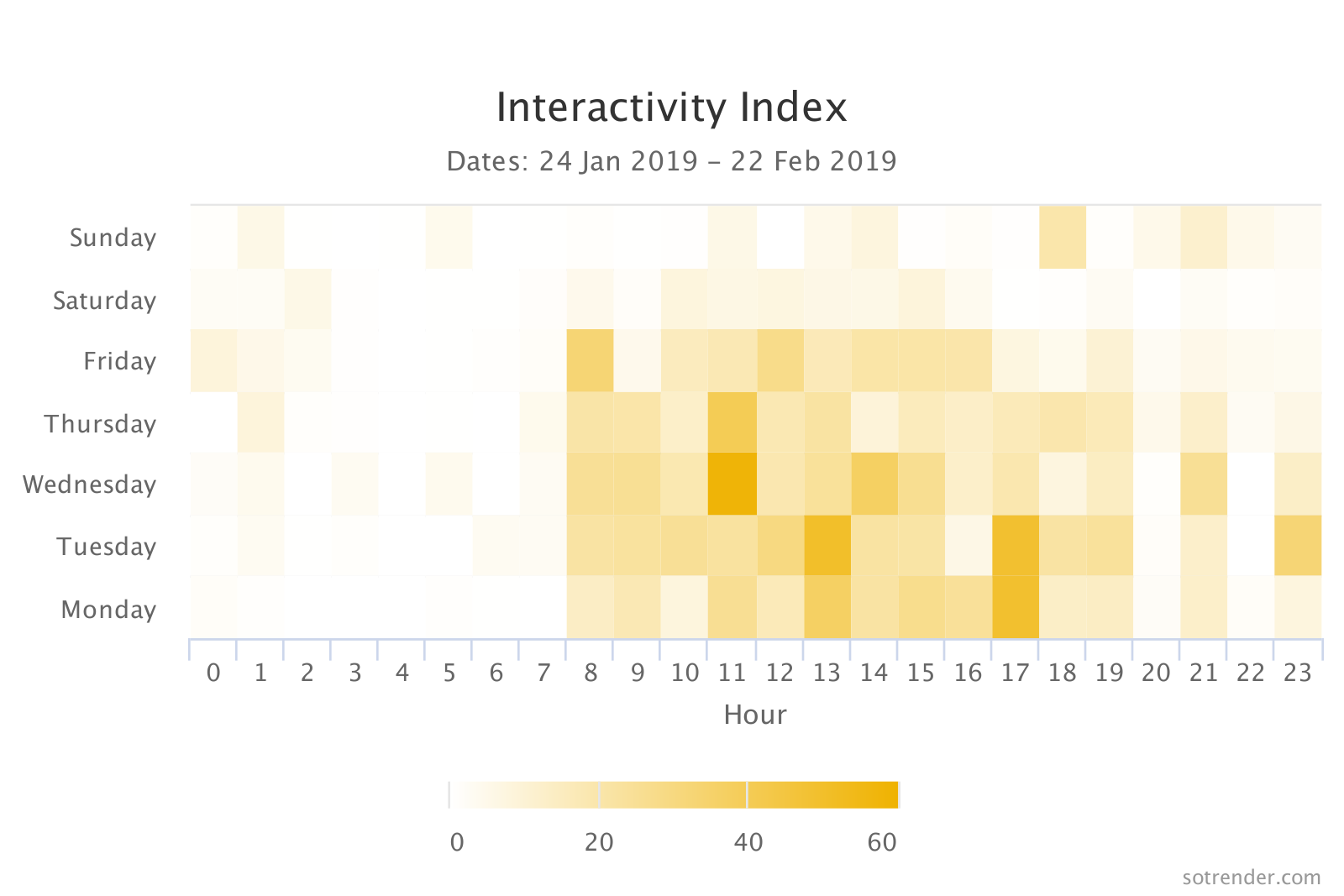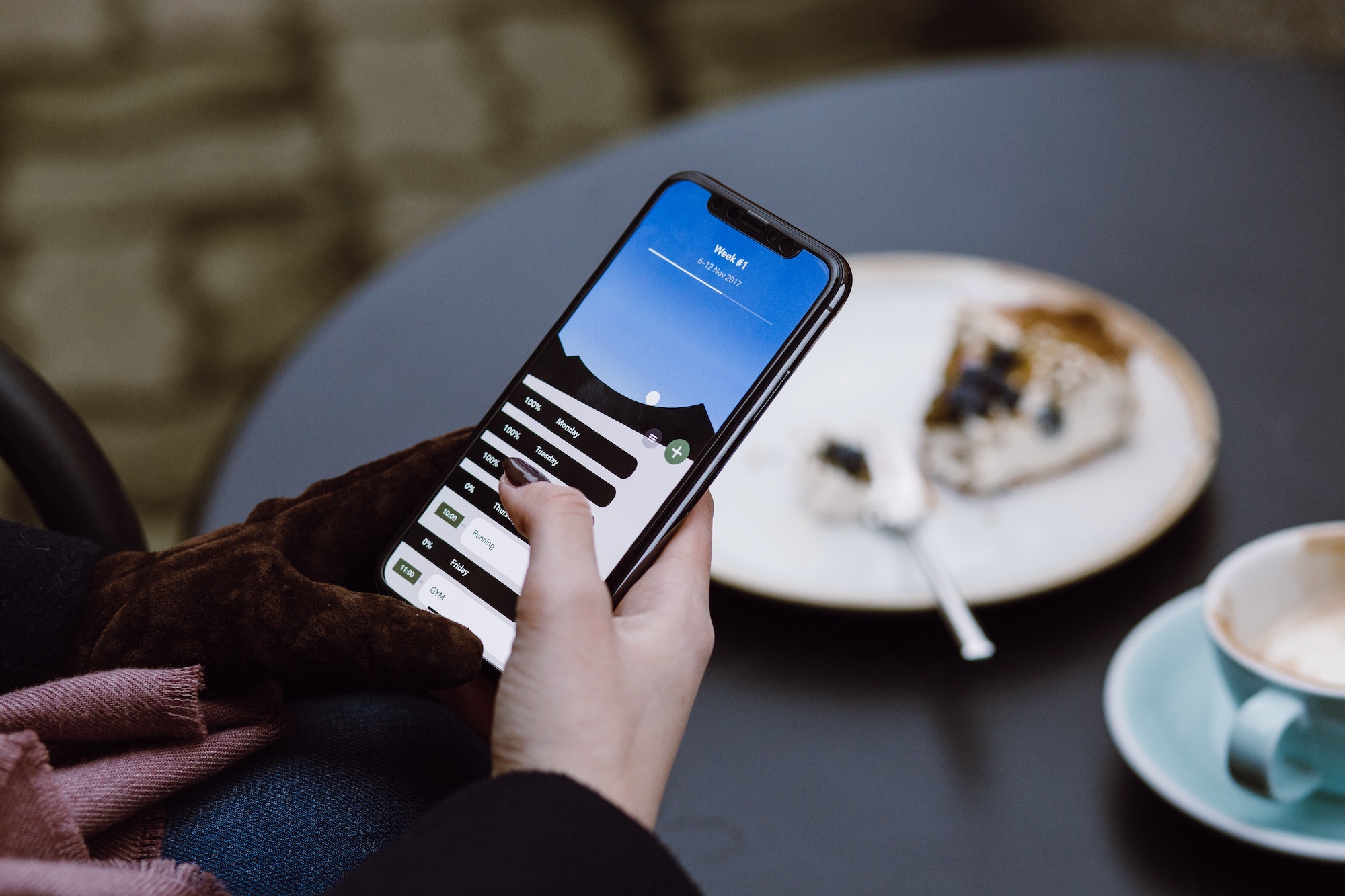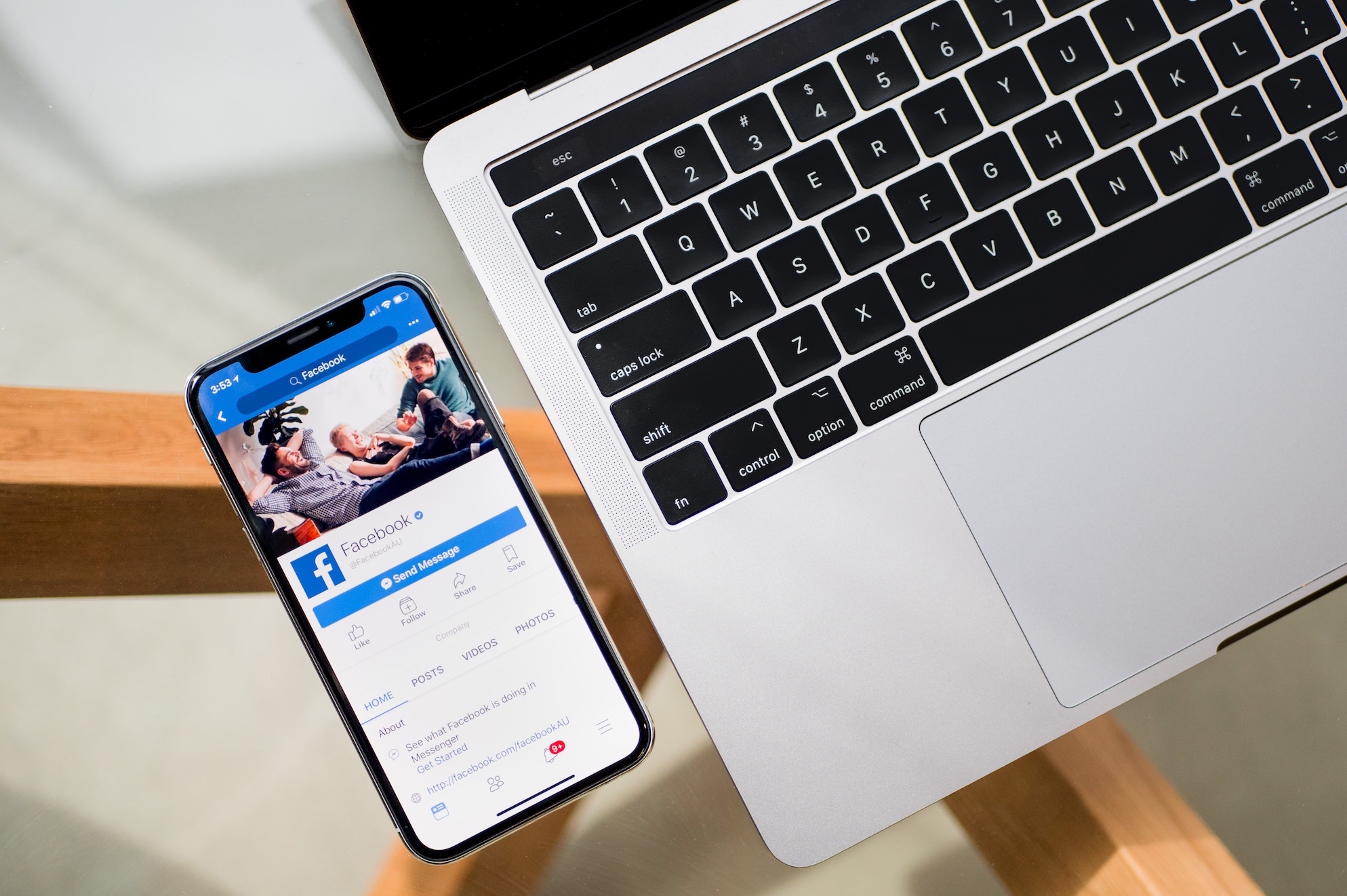A massive social media following doesn’t offer much benefit if you only have followers. Businesses with Facebook accounts learned this lesson a few years ago when Facebook moved to a model where pages must now pay to show content to some of their followers. A better strategy for social media utilizes the platform to drive new leads to your mailing list. With your list, you maintain complete control and gain the ability of marketing to those leads whenever you’d like.
Around 53 percent of marketers indicate they use at least half of their budgets on lead generation. When spending half your budget on something, you’d like a good return on investment (ROI).
One way of ensuring you receive the most possible from social media marketing involves collecting leads through a variety of campaigns. Utilize your social media accounts for lead generation with these eight tips.
1. Focus on LinkedIn
If you haven’t yet looked to LinkedIn as a lead generation tool, you may miss out on valuable connections. About 80 percent of leads via social media occur on LinkedIn. It far surpasses sites such as Twitter and Pinterest for lead generation.
Can you use your free LinkedIn account or should you upgrade to a Premium account? The answer depends upon how much of a marketing budget you hold. It’s probably a good idea to invest in a Premium Professional (versus Premium Career) account. Over time, LinkedIn removed some of its free features, such as Notes & Tags or advanced search. It’s a lot harder to generate leads with a free account, but not impossible.
With a Premium account, you’ll gain the ability to conduct lead generation campaigns, use InMail to reach out to potential B2B clients and see who’s viewed your profile. Knowing who is already interested in your profile allows you to customize your campaigns for the network.

2. Keep Sign-Up Simple
Put yourself in the shoes of your typical lead. They see something interesting on Facebook or Twitter and click on a link to sign up for a free report or your newsletter. They arrive on your landing page and have to fill in 20 form fields to get the free report. More than likely, this user bounces away. Keep your sign-up process as simple as possible. One of the famous lead magnet ideas is using lead generation campaigns on Facebook and signing up users directly from your FB page or via an ad rather than forcing them to head to a different website.
Add a sign-up button on your page where the social media network allows it. A call to action (CTA) button makes signing up for more information simple for visitors. Add a link to a simple form and make sure everything works so the user gets whatever was promised instantly upon sharing their information.
3. Incentivize Leads
Want to grab the attention of potential customers on social media networks? Offer something of value for free to entice users. However, you can’t just offer the same thing everyone else provides. Find something that stands out from all those other offers shouting for attention on social media feeds.
One of the most popular incentives is a free e-book. The key here involves figuring out what topics your competitors covered and how you can offer something different that still solves a problem for your target audience. Perhaps you can’t find something different — in that case, your e-book needs to offer more material and insider secrets than the e-books of your competition.
Other incentives include contests with a prize or gift certificate, free webinars, partnering up with a like-minded business or creating a coupon offer. Try a variety of lead generation offers and see which ones attract your typical customer. Don’t overlook tactics such as utilizing a hashtag at a live event to drive traffic on your social media pages.
4. Create an Amazing Landing Page
In one case study, J.Crew discovered that people who engaged with their brand on social media before clicking through to a landing page spent double the average purchase. Gear your landing pages for the specific social media site the user clicks through from. Each platform is a bit different. You might even mention the platform and thank the user for visiting you on that platform and include a feed from your page there, so they quickly find their way back.
Create symmetry between the social media platform and your website by using similar colors, images and phrasing. The user shouldn’t doubt they landed on the right page. Everything should feel familiar.
Your goal is to drive leads to your site and not purely traffic from social media. From the minute the social media follower lands on your website, the headline should grab them, and the offer should closely match what was on your social media page.
![]()
5. Getting the Most from Ads
Like most forms of advertising, you can throw a lot of money at social media ads without seeing any real return. Know when to utilize advertising on social media and the goal of your ad — in this case, lead generation.
Schedule your advertising, so you consistently have lead-generating ads on social media without any lulls in timing. Tell a story that followers see unfold through a series of posts.
The best type of ad depends on your goals. If you want to build slow influence over time, then content marketing on social media builds backlinks and drives growing traffic. On the other hand, if you want more immediate results and additional followers and leads, then influencer campaigns may be the right choice. Think about your goals and choose the ad most likely to drive those types of leads.
6. Post at the Right Time
Understanding the timing of advertising involves studying when most of your target audience frequents the site you advertise on and reviewing your analytics for your page. If you use a scheduling platform such as Buffer, you’ll see what the premium times are for posting and when users engage with your posts. Adjust your schedule accordingly.
Research shows there are some time frames which work best for posting on popular social media platforms. Time is in the timezone for your typical audience.
- Facebook: 12 p.m. to 3 p.m. every weekday but Tuesday and weekend days between 12 p.m. and 1 p.m.
- Twitter: 3 p.m. weekdays
- Instagram: Weekdays 12 p.m. to 1 p.m.
- LinkedIn: 7:45 a.m., 10:45 a.m., 12:45 p.m. and 5:45 p.m. every weekday but Friday
Your experience may vary slightly, depending on your audience, so track your internal data. For a more customized time that represents your exact users, use a social media analytics and moderation tool such as Sotrender. The tool creates charts based on when your engaged fans are active and averages out the interactions to find the perfect time for posting.

Interactivity Index at Sotrender
7. Focus on Mobile Users
In the most recent set of figures, mobile devices made up 47.2 percent of global internet traffic. The number may be even higher for social media browsers.
Make sure your posts are mobile friendly by creating short sentences and bullet points, which are easy to scan. You also want to develop a relationship with page visitors, so think about their intent in hunting for a business like yours on social media and solve that problem for them.
Think about the layout of ads and images. Do they translate well to a smaller screen held upright or will the user be forced to turn their phone sideways?

8. Add Visual Assets
Visual assets are one of the essential elements of a successful social media page. More than 50 percent of business-to-business marketers make creating visual assets a priority in their content marketing strategies.
If you want to drive traffic to your page and turn people into leads, you must first grab their attention. Photos and videos say more without any words than you can say with text, especially limited character count text.
An image also shows who you are as a brand. Use consistent visuals, and you’ll gain consumer trust. If the consumer doesn’t trust you, they won’t share their contact info with you, so increasing their confidence puts you a step closer to generating a quality lead.
Increase Conversion Rates
When it comes to increasing conversion rates, you must first know your goal for advertising campaigns, social media posts and the intent of your social media pages. If your goal is lead generation, think through what would make you share your contact information with a company via social media. Sprinkle in the elements above and watch the percentage of conversions soar.








